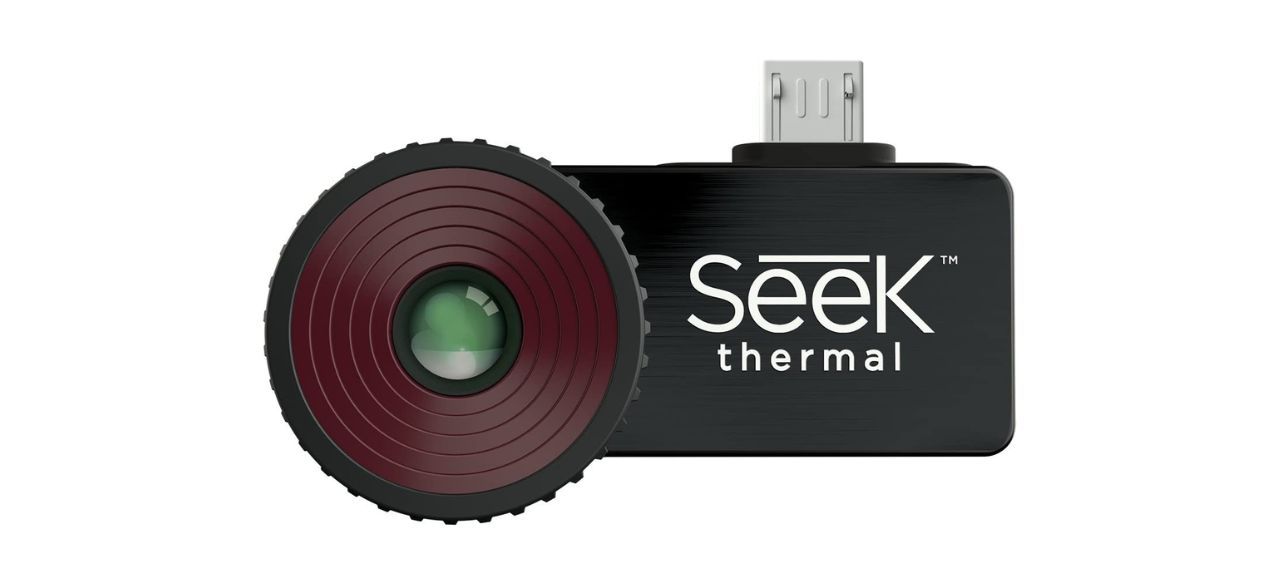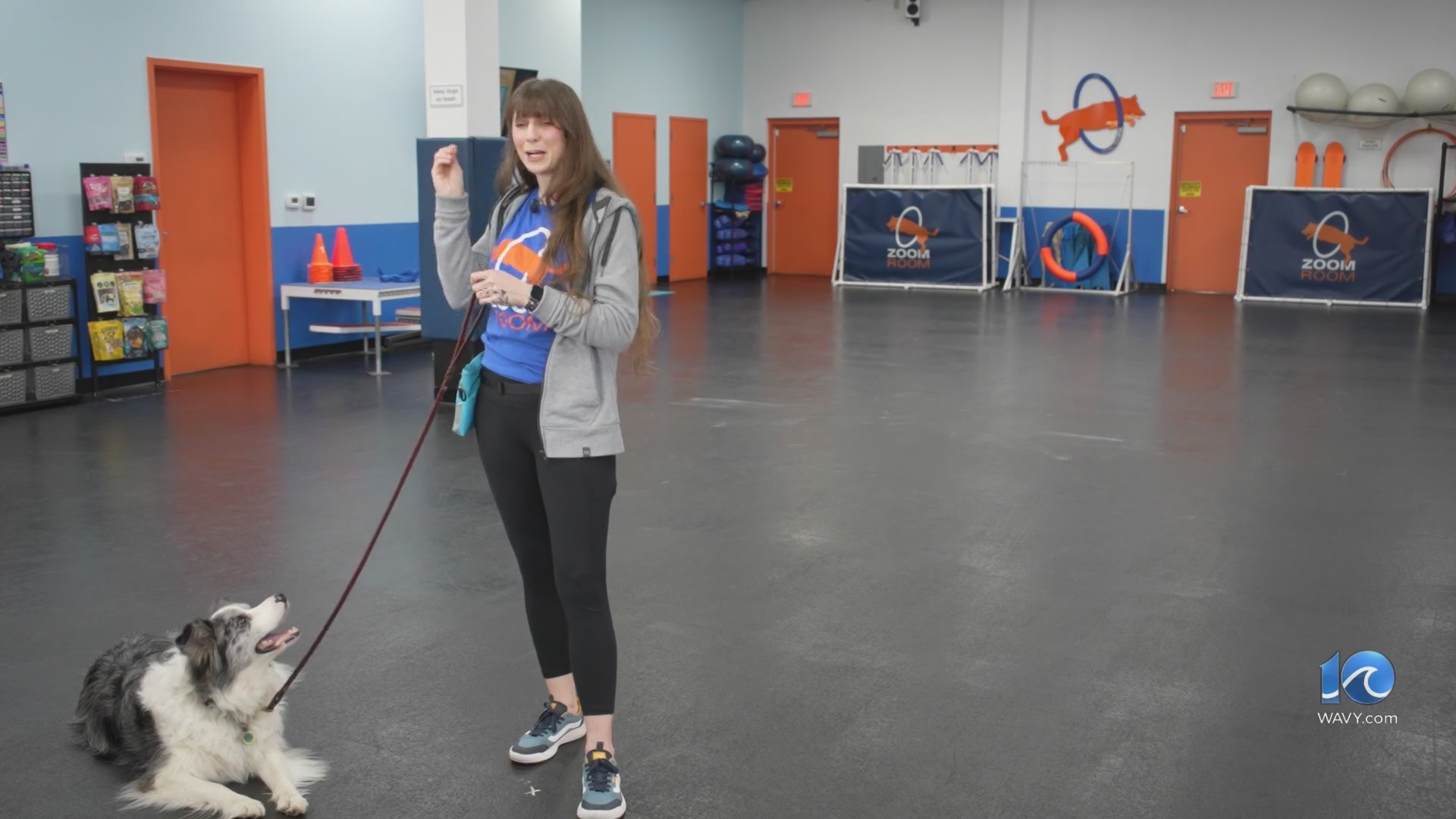Which thermal camera is better: Flir or Seek?
Thermal imaging has gained popularity in recent years as the technology improves and prices drop. Thermal cameras detect and measure temperature variations between objects to create a heat signature. The device converts the infrared energy into an electronic image for viewing on a digital display.
Used by electricians, plumbers, exterminators and building inspectors among others, many thermal cameras are also designed for easy use by nonprofessionals. A thermal camera can help you identify issues in your home with the electrical, plumbing and HVAC systems, eliminating the need to cut holes in your walls to find the problem.
Flir and Seek offer the best thermal cameras on the market. But which is better?
Flir thermal cameras
FLIR specializes in thermal imaging hardware and software for residential and commercial use. Established in 1978, the company has over four decades of experience and now offers some of the best thermal imaging solutions for nearly every industry, both at the consumer and professional levels.
Flir thermal cameras range from the Flir One, a pocket-sized cell phone attachment costing a bit over $200, to the Flir E86 handheld advanced thermal imaging camera, priced at over $12,000.
Flir thermal camera pros
- Thermal resolution: Flir offers a range of sensors, from the 160 x 120-pixel sensor in the Flir One to the 640 × 480-pixel resolution of the E86.
- Flir MSX: A technology employed by all Flir cameras that overlays thermal images onto optical images using a dual-camera configuration to create a single easy-to-understand HD image.
- VividIR image processing: This unique technology combines with the MSX feature to produce clear thermal images with visual details.
- Wide temperature-detection range: The Flir One Pro detects temperatures from -4 o 752 degrees, while the Flir E86 senses temperatures from -4 to 1,202 degrees.
- Field of view: The Flir One Pro has a broad 55-degree field of view while the E86 offers changeable lenses with 14, 24 and 42 degrees and a macro (2x).
- Industry-leading warranty: Two years for the camera and 10 years for the sensor.
Flir thermal camera cons
- Random freezing: Users report locking up while selecting menus, capturing pictures and editing pictures.
- Software bugs: The device requires frequent restarting for proper operation
Best Flir thermal cameras
Top Flir thermal camera
What you need to know: This compact cellphone thermal imaging attachment for both the consumer and the professional is ideal for finding energy loss, hidden electrical problems and other heat-related issues.
What you’ll love: The camera features a 160 x 120-pixel resolution sensor, a wide temperature range of -4 degrees to 752 degrees and a refresh rate of 8.7 Hertz. The dual-camera configuration works with Flir’s MSX Technology blending thermal images with standard images for high resolution and accuracy.
What you should consider: The Flir One Pro uses a lithium-ion battery with an average life of 45 minutes and requires an hour to charge.
Where to buy: Sold by Amazon
Top Flir thermal camera for the money
What you need to know: Its slim profile makes it easy for the homeowner or professional to use in tight spaces for finding hidden problems such as plumbing, air leaks and hot fuses.
What you’ll love: Relatively inexpensive, it features a 160 x 120 true thermal imager, a temperature range of -4 degrees to 752 degrees, MSX imaging, a 5-megapixel visual camera and LED flashlight. The C5 uploads and stores images to the Flir Ignite cloud for sharing with customers.
What you should consider: While its resolution is adequate for leak detection, a better-resolution camera is recommended for in-depth analysis in a commercial application.
Where to buy: Sold by Amazon
Worth checking out
What you need to know: This lightweight camera is ideal for professionals or homeowners looking for accurate temperature data from a focused center-spot-measuring device in electrical, HVAC and automotive applications.
What you’ll love: The durable camera features an 80- x 60-pixel resolution, a temperature range of -4 degrees to 716 degrees with ±1.5 percent accuracy and a refresh rate of 8.7 hertz. The rechargeable lithium-ion battery lasts an average of eight hours.
What you should consider: It displays a heat map of the scene, but provides accurate temperature data only for the center spot.
Where to buy: Sold by Amazon
Seek thermal cameras
Founded in 2012 by thermal-imaging technology leaders Bill Parrish and Tim Fitzgibbons, Seek has a much narrower focus than Flir. The company offers thermal imaging products with exceptional image clarity and usability at affordable prices in the consumer niche market.
Seek’s principal competition comes from Flir, with products that have dominated the home thermal imaging market for years. However, with the introduction of the Seek Thermal ShotPro, CompactPro, and RevealPro, the company has established itself as a market leader.
Prices range from the entry-level Seek Thermal Compact at $200 to the ShotPro at about $700.
Seek thermal camera pros
- High-resolution thermal sensor: Higher-resolution than most Flir cameras, from 320 x 240 pixels on the Compact Pro to 640 x 480 pixels on the ShotPro.
- Wide temperature-detection range: They sense temperatures from -40 to 626 degrees.
- Field of view: Seek offers wide and narrow viewing angles for close-up work and long distances, respectively.
- Emissivity settings: The high-end models offer adjustable thermal span, level and emissivity settings for different materials.
Seek thermal camera cons
- No built-in optical camera offered: Only the RevealPro provides a standard visual-light photograph to help orient the image to the thermal picture.
- Learning curve: Users say it takes some time to understand the display information and the device’s limitations.
Best Seek thermal cameras
Top Seek thermal camera
What you need to know: The high resolution and thermal sensitivity of Seek’s most advanced handheld thermal imaging camera make it perfect for the homeowner or professional looking for sharp, clear, detailed images.
What you’ll love: It features a high-performance 320 x 240 thermal sensor and a four-times digital zoom. The RevealPro offers adjustable emissivity settings for various materials measured, plus a 300-lumen LED light for dark spaces.
What you should consider: The rechargeable lithium-ion battery lasts only an average of four hours.
Where to buy: Sold by Amazon
Top Seek thermal camera for the money
What you need to know: This compact-size thermal imaging camera plugs directly into a cellphone, making it convenient to carry for the homeowner or professional searching for electrical issues, energy loss areas and any heat-related problems.
What you’ll love: It has a high-resolution 320- x 240-pixel thermal sensor and a fast 15-hertz refresh rate. It runs off the phone’s battery with relatively low power demands.
What you should consider: It doesn’t include a visual-light camera, which can be helpful to orient the thermal picture.
Where to buy: Sold by Amazon
Worth checking out
What you need to know: This advanced thermal-imaging camera designed for building professionals provides onboard thermography tools to capture, edit and analyze trouble-spot images in the field.
What you’ll love: It has a 640- x 480-pixel resolution sensor and SeekFusion technology that combines visible and thermal images of problem areas. The thermal data can be shared and streamed to any smartphone or tablet over Wi-Fi.
What you should consider: Some users say it occasionally struggles to line up the digital image and thermal image overlay.
Where to buy: Sold by Amazon
Should you get a Flir or Seek thermal camera?
While both companies offer full-featured consumer-oriented cameras at reasonable prices, Flir has more industry experience and offers high-end professional products. Seek cameras provide a higher image resolution, but Flir delivers better thermal images with faster processing, MSX technology, and a visual HD camera.
A Flir thermal camera is the better choice.
Want to shop the best products at the best prices? Check out Daily Deals from BestReviews.
Sign up here to receive the BestReviews weekly newsletter for useful advice on new products and noteworthy deals.
Jeff Harper writes for BestReviews. BestReviews has helped millions of consumers simplify their purchasing decisions, saving them time and money.
Copyright 2023 BestReviews, a Nexstar company. All rights reserved.


































































